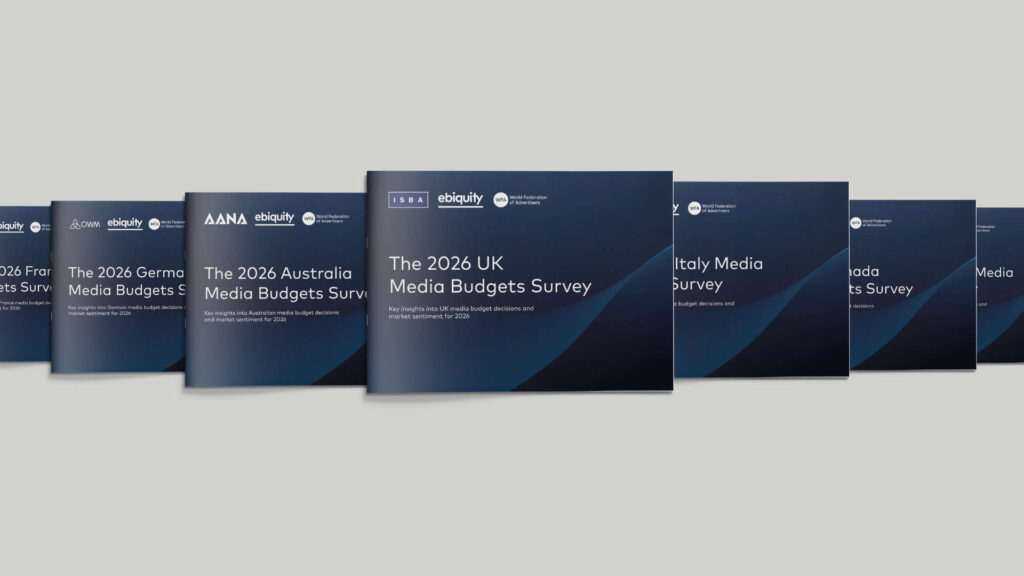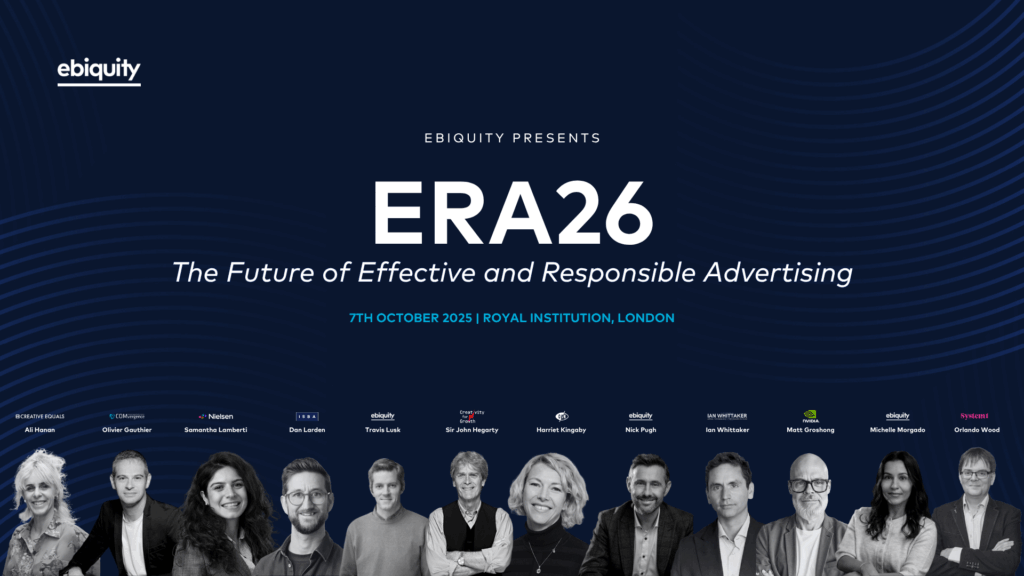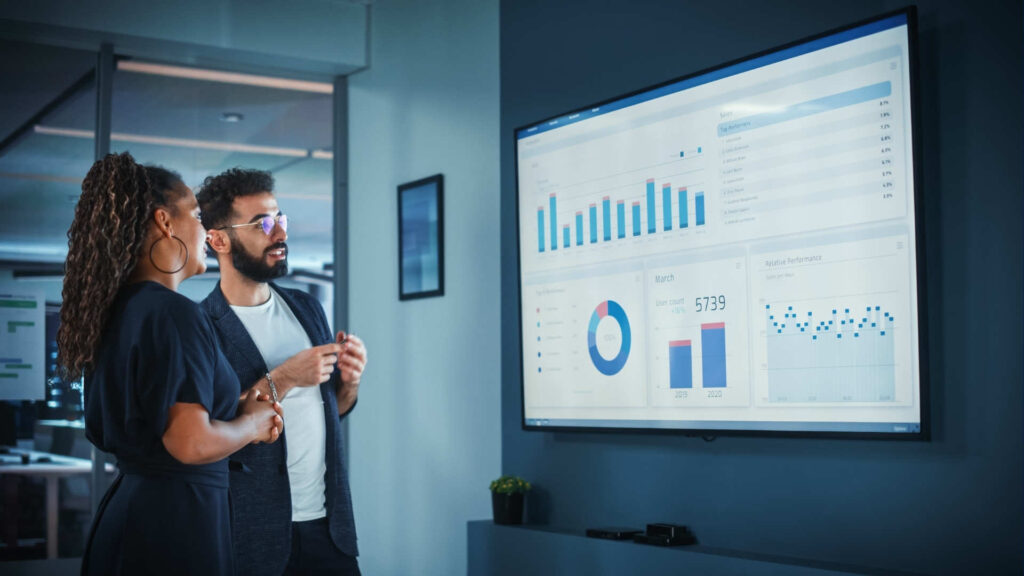As featured in The Media Leader, read the full article here.
Publishers have recently been put on edge by concerns that they could be labelled as akin to made-for-advertising (MFA) sites. According to a US Association of National Advertisers (ANA) survey conducted last year, MFA sites received 21% of all ad impressions and 15% of digital ad spend, despite being widely considered as a low-quality medium for advertising.
As such, adtech vendors such as Integral Ad Science (IAS) have been working to deliver tools for marketers to better avoid MFA sites as part of their broader goals of addressing issues related to brand risk, fraud and viewability.
Likewise, media agencies have taken steps to introduce their own protections against MFA sites. WPP’s media investment arm, GroupM, in partnership with adtech company Jounce Media, announced in August 2023 that it had moved to take out MFA sites from inclusion lists for all advertisers.
With their websites often accompanied by advertising, legitimate publishers, which employ journalists and commit to editorial standards, worry their quality content could be unfairly lumped in with MFA sites — especially as there is no industry-wide standard for what qualifies as MFA.
Publishers that sometimes resort to using “MFA-like tactics”, for example, could be labelled MFA despite the distinction in the underlying content produced for their websites.
By-product of non-human planning
Travis Lusk, Group Director for Digital Media and AdTech, North America, at media and marketing consultancy Ebiquity, tells The Media Leader:
At Ebiquity, we use the MFA definition that each of our brand clients choose to use. That could be the definition provided by the ANA or an individual adtech vendor. It could also be a custom definition as prescribed by the brand itself. We are agnostic in that regard.
For Lusk, excessive ad clutter alone “will not get a publisher flagged as MFA”, but “publishers that might be considered legitimate or mainstream will come on and off MFA lists from time to time, because of actions they take to ‘juice’ their monetisation or traffic numbers in order to fulfil demand”.
Examples of “MFA-like” behaviour, according to Lusk, include sourcing traffic from content syndication companies or other cheap cost-per-click providers that are loaded with bot traffic; deploying clickbait-oriented creative; increasing ad loads temporarily; or increasing the refresh rate of ads on a page.
The piece of [publisher] content in question might be a Pulitzer Prize-winning piece of journalism,” he continues. “However, if the page it is published on dedicates 60% of the screen real estate to ads, refreshes the ads every few seconds, spawns auto-play videos and pop-ups and generates 90% of its traffic from paid sources, it is going to get flagged as MFA… regardless of how great the content is.
Conflicts of interest
Regardless, that legitimate news publishers could potentially be labelled MFA has raised concerns. Publishers argue that they are fundamentally distinct from MFA in the quality of journalistic content on offer and are undeserving of the label.
Lusk adds: “The verification vendors face a classic conflict of interest when it comes to MFA sites.”
He explains that these vendors have made millions by classifying MFA sites as highly viewable, low ad fraud and high brand safety:
They (generally) are paid based on impression volume. Clients pay a CPM to use their tools based on the number of impressions the vendor’s technology was used to measure. MFA sites are often an inexpensive (low media CPM) source of impressions that otherwise pass all of the ad verification safety checks. Now, the verification vendors are coming to market with tools to help brands avoid the very same sites that they’ve been blessing for years. Verification vendors do not want brands to buy fewer impressions. If they did, they would make less money. Or they would have to increase their rates.
Recently, Travis Lusk, Group Director of Digital Media and AdTech, and George Leyva, Director of Retail Media, led a webinar tackling the issue of Made-for-Advertising (MFA) sites and shed light on the complex issue while underscoring the importance of transparency, brand safety, and consumer experience in digital advertising.










